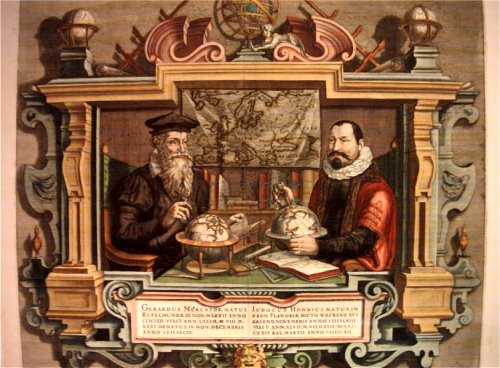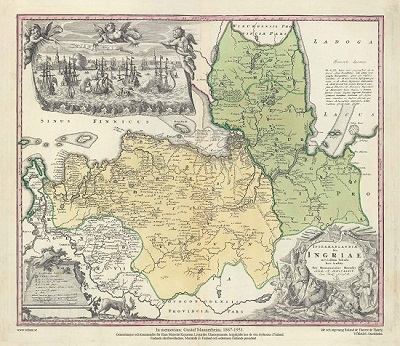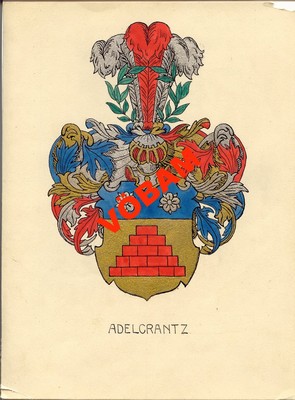Gravör. Upptagen på kopparstick till Denis Diderot's 'Encyclopédie ou dictionnaire raisonné des sciences', band LXXXIV och LXXXV. 1751-1780.
Bland arbeten.
Encyclopédie ou dictionnaire raisonné des sciences
1675-1726. Född och död i Paris.
Fransk geograf och kartograf. Han fick sin utbildning hos sin far, historiken Claude de Lisle, som även var geograf. 1699 gav han ut en världskarta, kartor över de 4 världsdelarna och två glober, en över jordklotet och en över himlen. Runt 1700 kom hans 'Atlas Nouveau' som innehöll 24 kartor. Senare utgåvor kom ca 1730 med 54 kartor, 1733 och ca 1745 utökad till 116 kartor. Han blev 1702 invald i L'Académie Rle de Sciences och blev 1718 Premier Geographe du Roi. Han var vän till Peter den Store som gav honom upplysningar om Ryssland. De Lisles kartor blev i stor utsträckning efterliknade av samtidiga och senare kartografer, till viss del grovt plagierade. Han gjorde sig även gällande som författare. Förutom talrika avhandlingar i tidskrifter utgav han bl.a. 'Observation sur la variation de l'aiguille aimantée' (1710) och 'Justification des mesures des anciens en matière de géographie' (1714). Hans verk fördes vidare av Phillippe Buache (1700-73).
Guillaume De L'Isle (1675-1726) is probably the greates...
Bland arbeten.
Atlas Nouveau.
Observation sur la variation de l'aiguille aimantée.
Justification des mesures des anciens en matière de géographie.
Lönborg, s. 143f. - Nouv. biogr. gen
Sent 1600-tal.
Bok- och kartförläggare bl.a. tillsammans med Francis Lamb (se denne).
Ingermanlandiae – Homanns Erben 1734
Adelcrantz - C. H. Tersmeden ca 1900.
Olaus Magnus text till den berömda kartan "Carta Marina".
Texten finns även på katalanska, spanska och engelska.
Bureus karta över norden
Kartor och atlaser
Bilder och planschverk
Teckenförklaringar

Porträtt på Gerard Mercator och Jodocus Hondius.
"Striking image showing Mercator and Hondius in their idealized workshop.
This famous portrait of two of the most important mapmakers during the Golden Age of Dutch cartography was engraved by Coletta Hondius, as a tribute to her late husband, shortly after his death. Gerard Mercator is shown with his successor, Jodocus Hondius, seated at a table surrounded by the implements of their trade. The fine portrait is set within an elaborate strapwork framework that includes a wall map of Europe.
Gerard Mercator is renowned as the cartographer who created a world map representing new projections of sailing courses of constant bearing as straight lines—an innovation which, to this day, enhances the simplicity and safety of navigation. In his own day, Mercator was the world's most famous geographer. He created a number of wall maps early in his career, as well as one of the earliest modern world Atlases in 1595. Although this was the first appearance of the word Atlas in a geographical context, Mercator used it as a neologism for a treatise on the creation, history and description of the universe, not simply a collection of maps. He chose the word as a commemoration of King Atlas of Mauretania, whom he considered to be the first great geographer.
Jodocus Hondius was a Dutch engraver and cartographer. He is best known for his early maps of the New World and Europe and for continuing publication of Gerard Mercator's World Atlas. He also helped establish Amsterdam as the center of cartography in Europe in the 17th century. In England, Hondius publicized the work of Francis Drake, who had made a circumnavigation of the world in the late 1570s. In 1604, he purchased the plates of Gerard Mercator's Atlas from Mercator's grandson and continued publication of the Atlas, adding his own maps over the next several decades. Hondius later published a pocket version Atlas Minor."



